Hard Maple countertops?
Debbie Downer
13 years ago
Related Stories
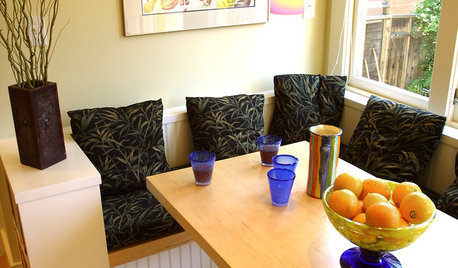
MATERIALSWoodipedia: Maple Is a Marvel Around the House
A heavy hardwood with lots of potential, maple appeals to modern sensibilities and won't break your budget
Full Story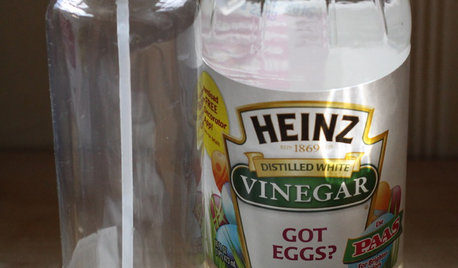
HOUSEKEEPINGMagic Solution for Hard Water Stains
Vanquish evil hard water stains with this inexpensive, fast-acting and all-natural ingredient. And it's probably right in your cupboard
Full Story0

LIFEHard Winter? 9 Ways to Battle Cabin Fever
We know a lot of you are trapped where it just won’t stop snowing. Here are some ways to survive
Full Story
REMODELING GUIDES9 Hard Questions to Ask When Shopping for Stone
Learn all about stone sizes, cracks, color issues and more so problems don't chip away at your design happiness later
Full Story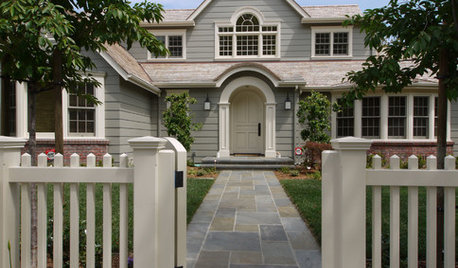
HOUSEKEEPINGOutdoor Home Prep to Do Before Hard Winter Hits
Avoid cracking, rusting and rotting during freezes by taking care of these tasks now
Full Story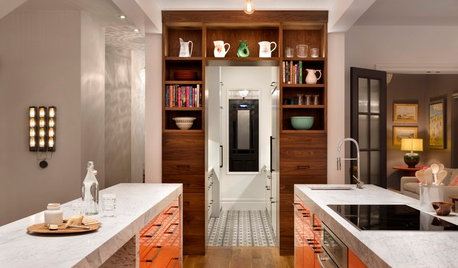
KITCHEN DESIGNChef's Kitchen Works Hard Yet Stays Pretty
A butler's pantry complete with refrigerator and dishwasher helps a restaurateur contain the mess when cooking and entertaining at home
Full Story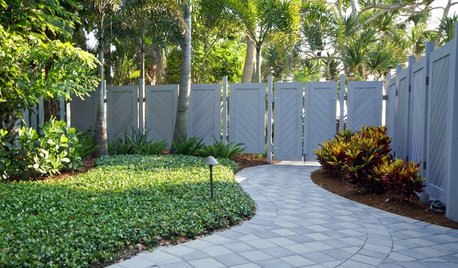
LANDSCAPE DESIGNHow to Choose a Fence That Feels Right and Works Hard
Making a thoughtful fencing choice now can create happiness for years to come
Full Story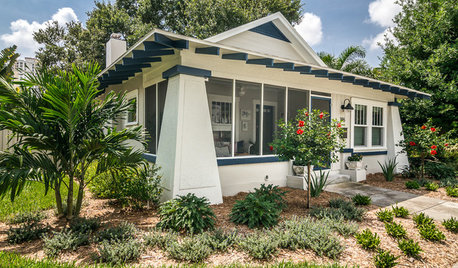
TRANSITIONAL HOMESHouzz Tour: Would-Be House Flipper Falls Hard for a Florida Bungalow
An investment project winds up becoming home for a St. Petersburg, Florida, design enthusiast
Full Story
HOUZZ TOURSMy Houzz: Hard Work Pays Off in a DIY Cottage Renovation
First-time homeowners roll up their sleeves and give their midcentury Montreal home an infusion of style and personality
Full Story





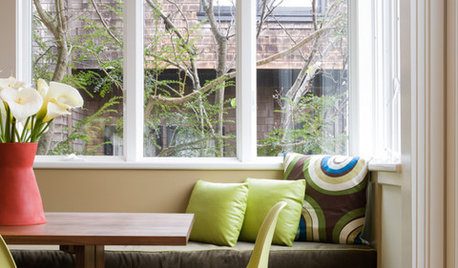
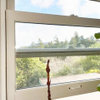




MongoCT
User
Related Professionals
Bonita Springs Carpenters · Oak Lawn Carpenters · Roselle Carpenters · Four Corners Flooring Contractors · Attleboro Flooring Contractors · Burlington Flooring Contractors · Fishers Flooring Contractors · Lake Nona Flooring Contractors · Mill Valley Flooring Contractors · Troy Flooring Contractors · Virginia Beach Flooring Contractors · Peachtree City Furniture & Accessories · Walnut Creek Furniture & Accessories · Eureka Furniture & Accessories · Northridge Furniture & AccessoriesDebbie DownerOriginal Author
User
bobismyuncle
User
someone2010
brickeyee
aidan_m
obmachine_netscape_net